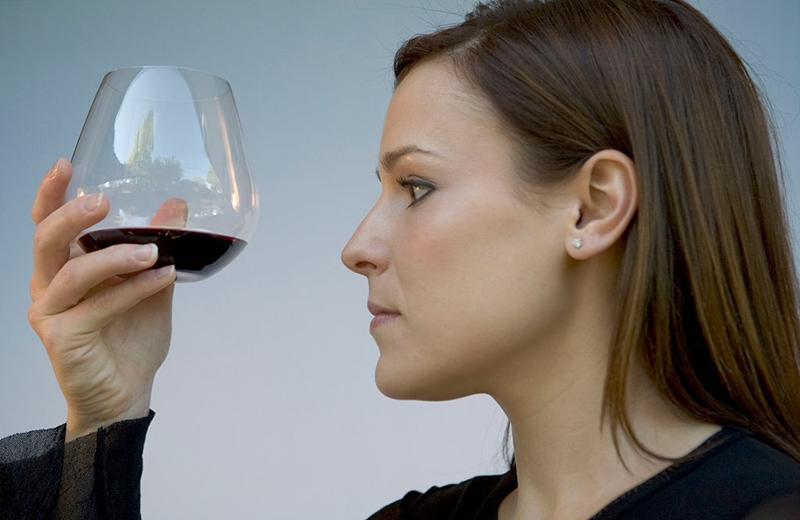Decoding the language of wine: 20 key concepts explained
A guide to understanding and appreciating the world of wine

In the intricate world of wine, there are numerous terms and concepts that span from the vineyard to the wine-tasting experience. Understanding these terms is essential for anyone looking to deepen their appreciation of wine. Here, we explore 20 key concepts that will enhance your understanding and enjoyment of this fascinating beverage.
- Acidity: Fundamental to wine, acidity imparts freshness and contributes to a wine's longevity. Wines naturally possess acidity, which can be volatile (mainly from acetic acid) or fixed (from tartaric and citric acids). The total acidity is the sum of these types, playing a crucial role in a wine's balance and harmony.
- Ethyl Alcohol: The primary alcohol in wine and other alcoholic beverages. When consumed in moderation, ethyl alcohol, especially when combined with beneficial substances like tannins or resveratrol, is not harmful.
- Ampelography: A branch of botany focusing on grapevines and their varieties. Ampelography involves the identification of 'vitis' (grapevine) species, traditionally through leaf shape and color, but now also including genetic classification through DNA analysis.
- Tannins: Belonging to the polyphenol family, tannins contribute color and possess significant antioxidant properties. Found in grape skins, seeds, and stems, tannins can also be derived from oak barrels during aging, lending a distinctive astringent and bitter taste to the wine.
- Tartaric Crystals (Tartars): These small crystals, derived from tartaric acid, can be found in wine. When combined with potassium, they form potassium bitartrate, commonly known as cream of tartar. These natural wine components are harmless and usually settle at the bottom of barrels or, less frequently, in bottles.
- Botrytis Cinerea: A fungus responsible for the "noble rot" affecting grapes used in renowned white wines like Sauternes and Tokaji. It thrives under specific conditions of morning fog followed by dry weather, leading to concentrated sugar levels in the grapes.
- Phenolic Compounds: A group of natural substances containing phenol. Varieties like anthocyanins and tannins contribute color to wine. Other types, including catechins, quercetin, and resveratrol, offer health benefits.
- Disgorgement: A manual process in sparkling wine production involving cutting the bottle's neck to remove sediment that accumulates during secondary fermentation.
- Véraison: The stage when grapes begin to ripen, changing color from green to yellow for white varieties and to red-blue for red varieties.
- Ester: A compound formed from an organic acid and an alcohol, responsible for the aging aromas in wine.
- Dry Extract: The residue left when water is removed from wine. It includes all non-volatile substances in the wine, contributing to its body, appearance, color, aroma, and taste.
- Rinsing with Wine: The practice of pouring a small amount of wine into a vessel and then discarding it, often done to prepare the glass for a better appreciation of the wine's aromas and flavors.
- Lees: Sediment formed from yeast and other particles during fermentation. "Sur lie" wines are aged on these lees, enhancing the wine's body and flavor.
- Flying Wine Makers: Professional winemakers who travel to different regions as consultants.
- Petillant: A term for lightly sparkling wine, often resulting from natural fermentation. It's common in white and young rosé wines.
- Organoleptic Analysis: The evaluation of wine using all the senses - sight, smell, touch, hearing, and taste, as opposed to chemical laboratory analysis.
- Primeur: A French term for a commercial practice of buying wines in advance, shortly after harvest. This speculative investment requires basic wine knowledge and is prone to issues like counterfeiting due to a lack of regulation in the "grey market."
- Aftertaste: The lingering taste sensation after swallowing wine.
- Retronasal: Similar to aftertaste but referring to the olfactory sensation.
- Venencia: A small, cylindrical container, typically made of silver and attached to a flexible rod, used in Porto o Sherry wine to extract small amounts of wine from barrels for immediate tasting.
By familiarizing yourself with these fundamental wine concepts, you can deepen your understanding and appreciation of this diverse and richly historical beverage.
Founded in 2007, Vinetur® is a registered trademark of VGSC S.L. with a long history in the wine industry.
VGSC, S.L. with VAT number B70255591 is a spanish company legally registered in the Commercial Register of the city of Santiago de Compostela, with registration number: Bulletin 181, Reference 356049 in Volume 13, Page 107, Section 6, Sheet 45028, Entry 2.
Email: [email protected]
Headquarters and offices located in Vilagarcia de Arousa, Spain.